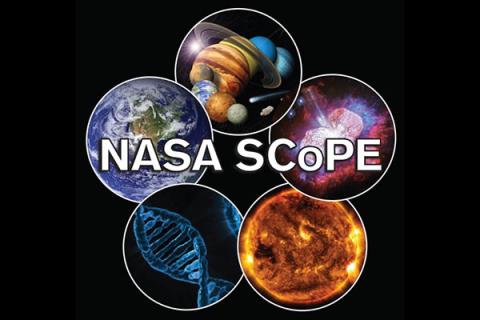
Two NASA SCoPE Affiliates Chosen from UNH
Brianna Isola and Gus Eberlein were selected to be NASA SCoPE Affiliates and each received $2,000 in travel funding for the Fall AGU Meeting, six hours of communications training, and a certificate (microcredential).
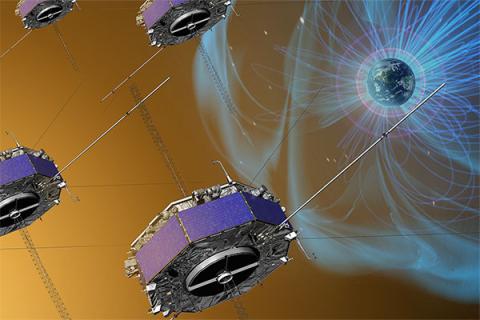
Magnetic “Switchback” Detected near Earth for First Time
Emily McDougall and Matthew Argall report observations of a switchback-shaped structure in Earth’s magnetic field, suggesting that switchbacks can also form near planets.

UNH Space Science Center Student Wins NASA Award
Space Science Center PhD student Brianna Isola was awarded $99,233 for successfully proposing to NASA’s Future Investigators in NASA Earth and Space Science and Technology (FINESST).

Two UNH SSC Grad Students Win AGU's Poster Awards
Science Center graduate students Anusree Devanandan and Joel Tibbetts won American Geophysical Union (AGU)'s Outstanding Student Poster Awards (OSPA) from the AGU Annual Meeting.
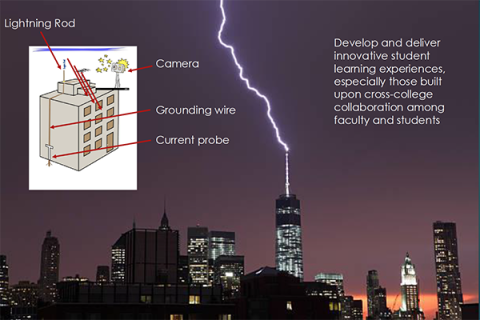
Honors College Awards Faculty Innovation Grant
Matthew Argall was awarded the Faculty Innovation Grant by the UNH Hamel Honors and Scholars Program for the project, titled “A Lightning Course in Experimentation and Observation.”
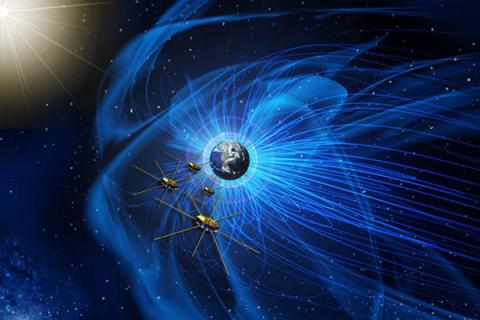
UNH Space Scientist Secures $1.2M in Research Grants
A physicist with the UNH Space Science Center (SSC) has been selected to lead two research projects and will co-lead two additional projects to study space energy transfer and to create three-dimensional space visualizations for K-12 students.
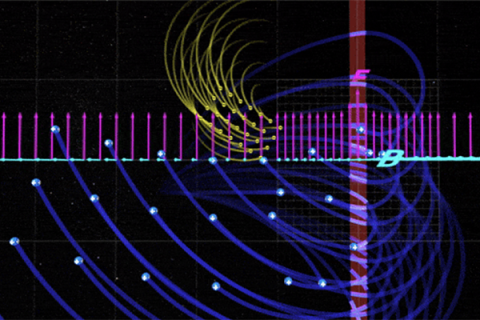
Probing a 100-Year-Old Theory of Plasma Motion for the First Time with NASA’s MMS
NASA’s Magnetospheric Multiscale mission – MMS – has finally measured plasma’s movement on the small scales necessary to see if plasma collectively interacts with electromagnetic fields in the way the fundamental theory predicts.
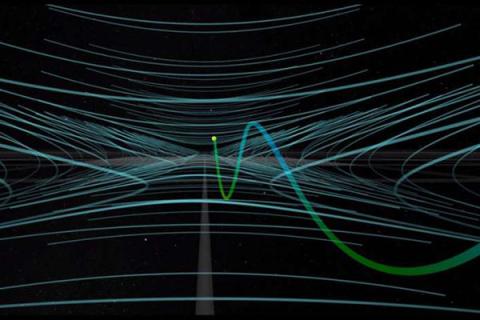
NASA's MMS Mission Locates Elusive Electron Act
New research, published in the Journal of Geophysical Research, found a novel way to help locate regions where electrons are accelerated.